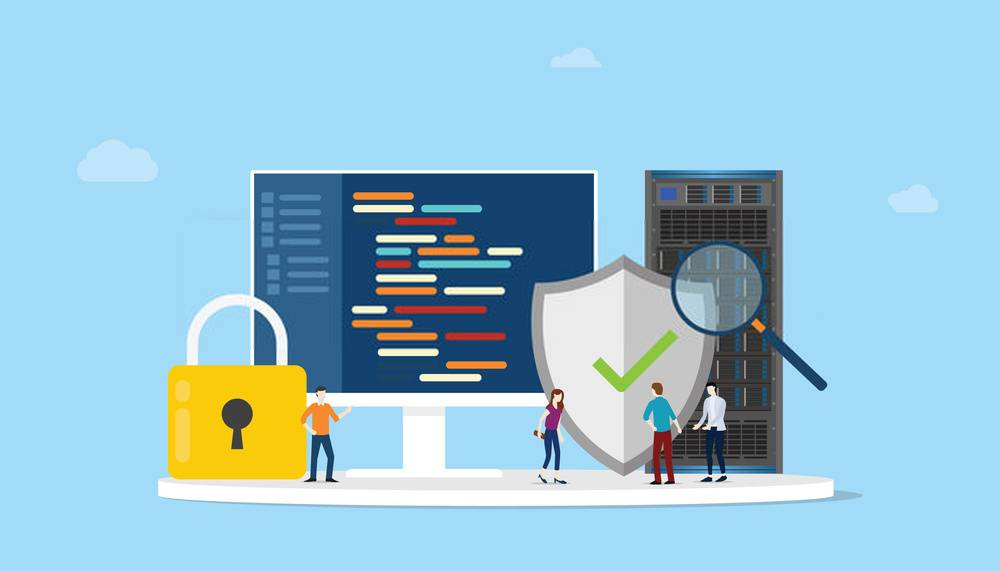Last Updated on 2 years ago by Nicky Johnson
All organizations must have adequate security measures in place. It prevents data theft, malware attacks, and fraud, all of which can cause considerable financial and reputational damage. One of the security measures adopted by almost all businesses worldwide is the principle of least privilege.
Tested and tried, it is the practice of restricting a user’s access to features, applications, and privileges that are indispensable for their day-to-day operations. It disables users from accessing those resources which are sensitive or outside their domain. But how does it function, what are its benefits, and how can you ensure that it provides the best results?
While least privilege access is beneficial, it is essential to know how to implement it for the best results. Here are some of the tips that will help you out.

Conduct An Audit Of The Workplace
Blog Contents
It is advisable to start by doing an audit of the entire workplace. It will help you identify the areas where the privileged accounts are located, for example, password hashes, passwords, SSH keys, and access keys. You will also know what permits have been granted to the users.
Carry Out A Separation Of Privilege
Ideally, almost all the user accounts should have the lowest access or privileges. You should only grant access rights for those necessary resources for completing a specific task. Enforcing the separation of privilege will enhance the organization’s overall security and identify those areas that require access.
However, it would be helpful to know that there are two types of accounts: superuser and least-privileged user. A superuser is a network account that enjoys high privilege levels and may belong to system administrators, database administrators, or CEOs. Several users can also access this type of account at the same time. The least privileged users have the least access to a system.
Enable Just-In-Time Access
Rarely, if ever, will an employee or even an administrator require perpetual access to a system. It is, therefore, advisable to apply the just-in-time least privilege principle, where access to users is granted for a fixed time. Once they have completed a particular job using that feature, you can withdraw the access.
You could also automate the entire process to ensure clarity and convenience. It is an effective and tested way of minimizing the chances of cyberattack as the hacker has a limited time to access sensitive data and other vital information. Another benefit is that it streamlines auditing by reducing the number of privileged users and ensuring a record of all activities conducted with special user access.
Automating the auditing process can also help you prevent privilege creep and keep a constant watch for any unusual activity.
Use One-Time Passwords And Digital Vaults
Using a disposable password is a result-oriented way of applying for the least privileged access. It helps you deal with pass-the-hash attacks, where a hacker obtains the password hash and processes it for authentication and gaining access to other systems. You should constantly rotate the administrator passwords after they have been used every time.
The other solution is using a digital vault. A digital locker is an online platform where you can store and maintain all your digital assets and logins along with passwords. You could either decide to share these with someone or have complete control over them.
You could keep a few things in the vault: social media and email accounts, login information, digital files including videos, photos, music, documents, and credit card points. Furthermore, you can share the login credentials with the employees when they require them for a specific task.
Use The Network Segmentation Technique
Using the network segmentation technique is a good way of ensuring that you receive the best results from the principle of least privilege. Network segmentation involves the creation of various zones using firewall configuration, which gives you complete control over users’ movement and access between the zones.
Firewalls play an efficient role in creating demilitarized zones or DMZ and preventing unauthorized privilege access between corporate and public networks. It ensures that information that needs to be accessed is done so by the right people at all times.
Disable Usb Ports From Your Devices
Although you may not be aware, you can also ensure access restriction to users by disabling the USB ports from all the devices. That way, nobody will be unable to insert USB drives to extract sensitive or confidential information or even infect your systems with malware.
These are the best ways of implementing the principle of least privilege. The principle provides many benefits for your organization when it comes to security and safety, including better data classification, greater productivity, reducing cyberattacks, and ensuring stability. But for that, you should first be acquainted with the best method of its application.







